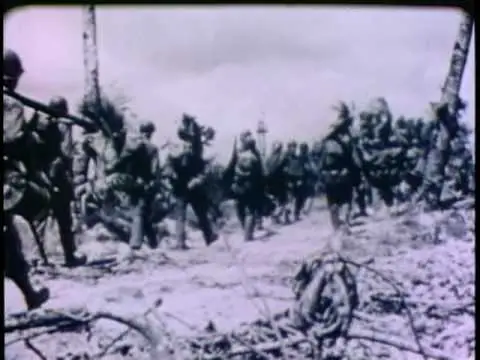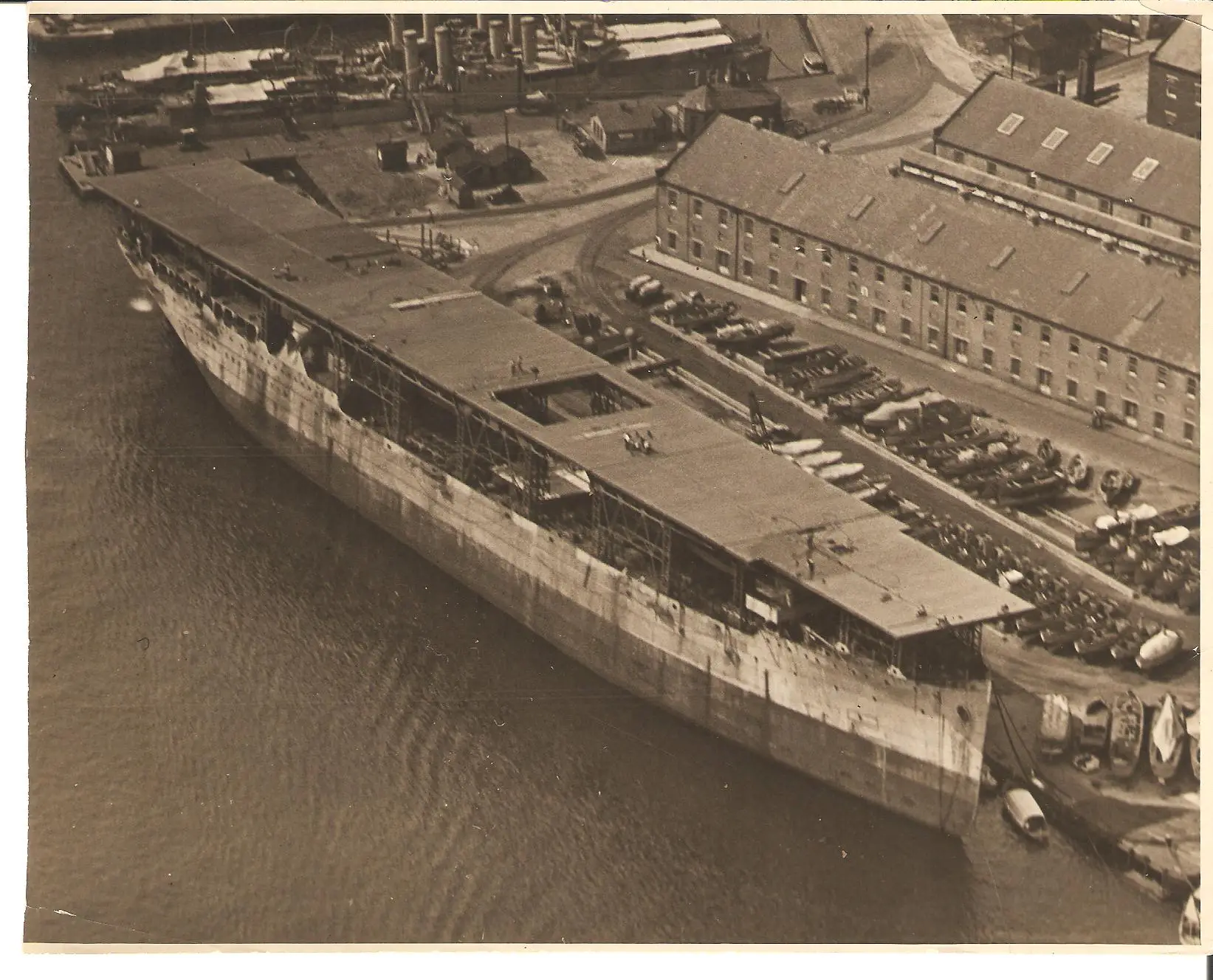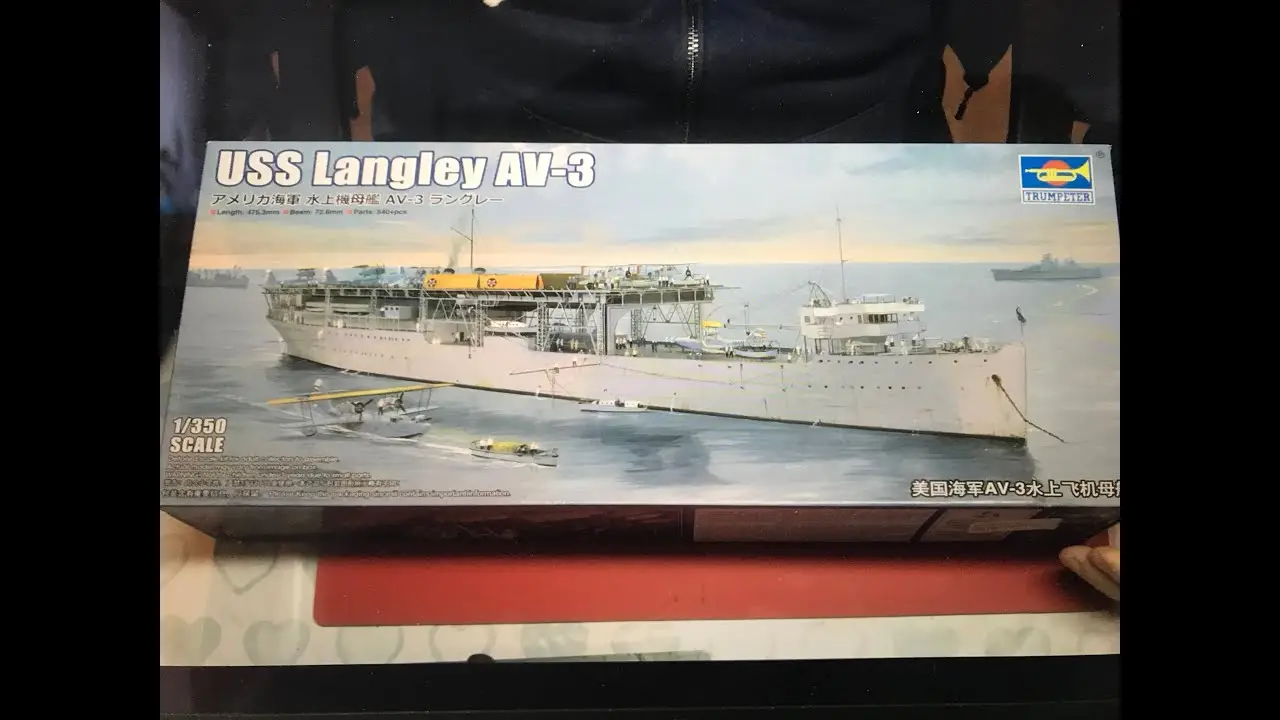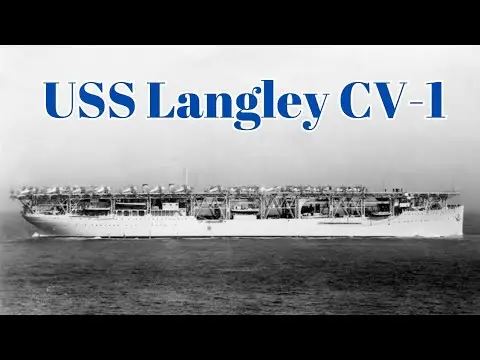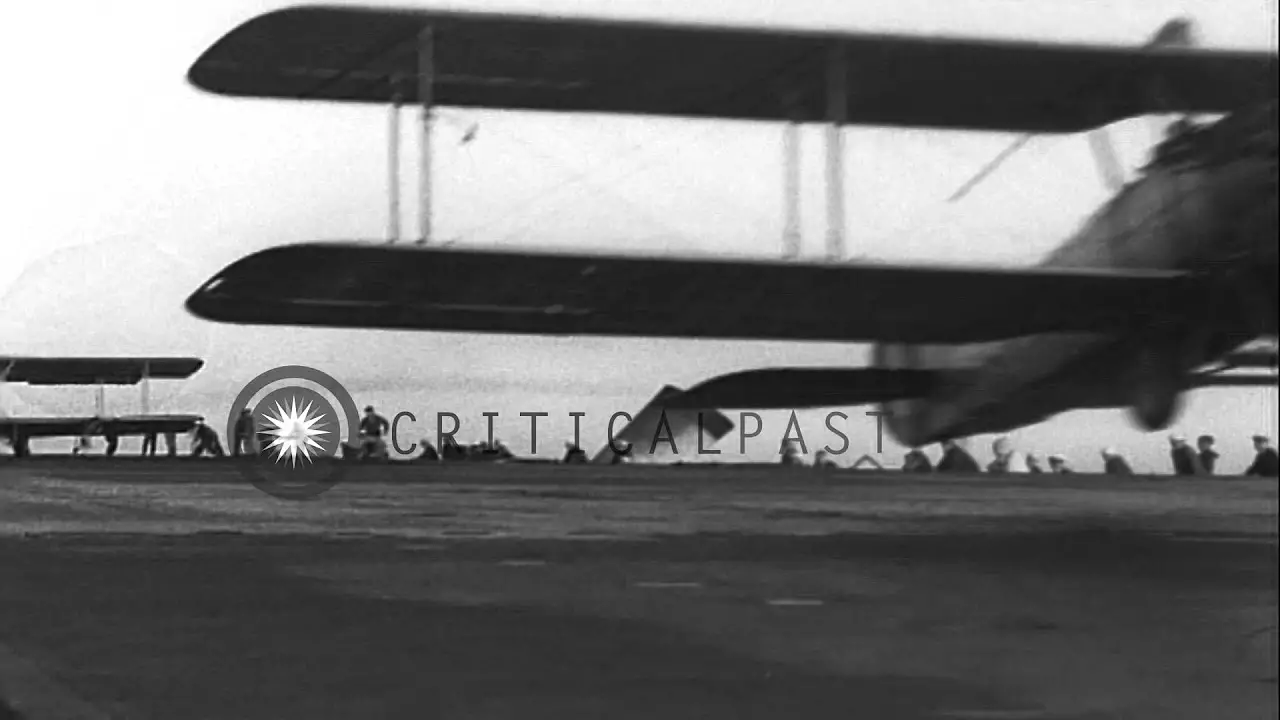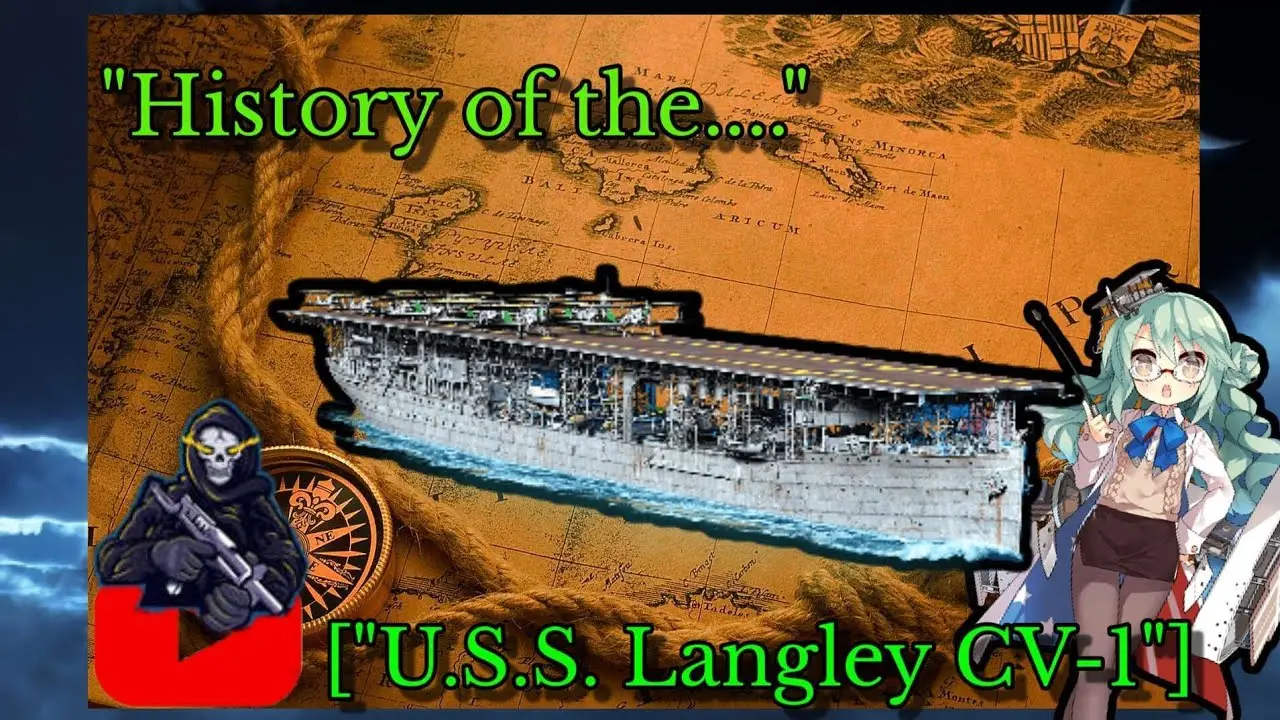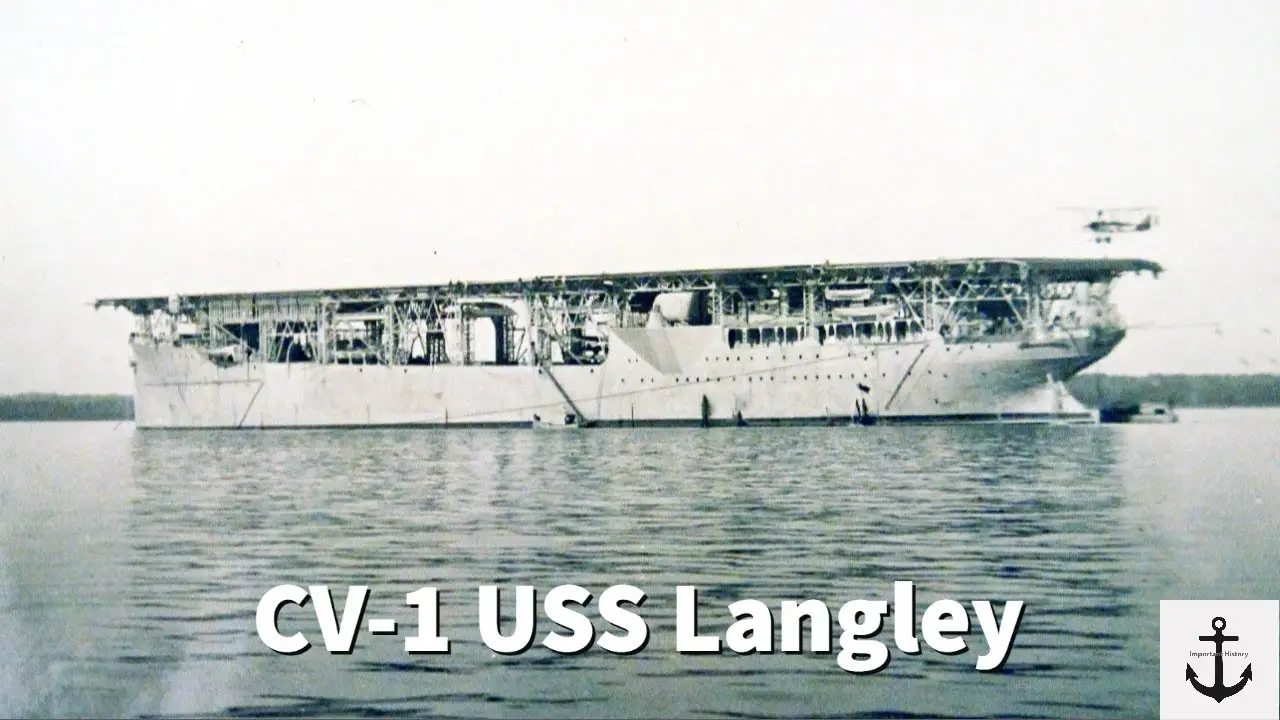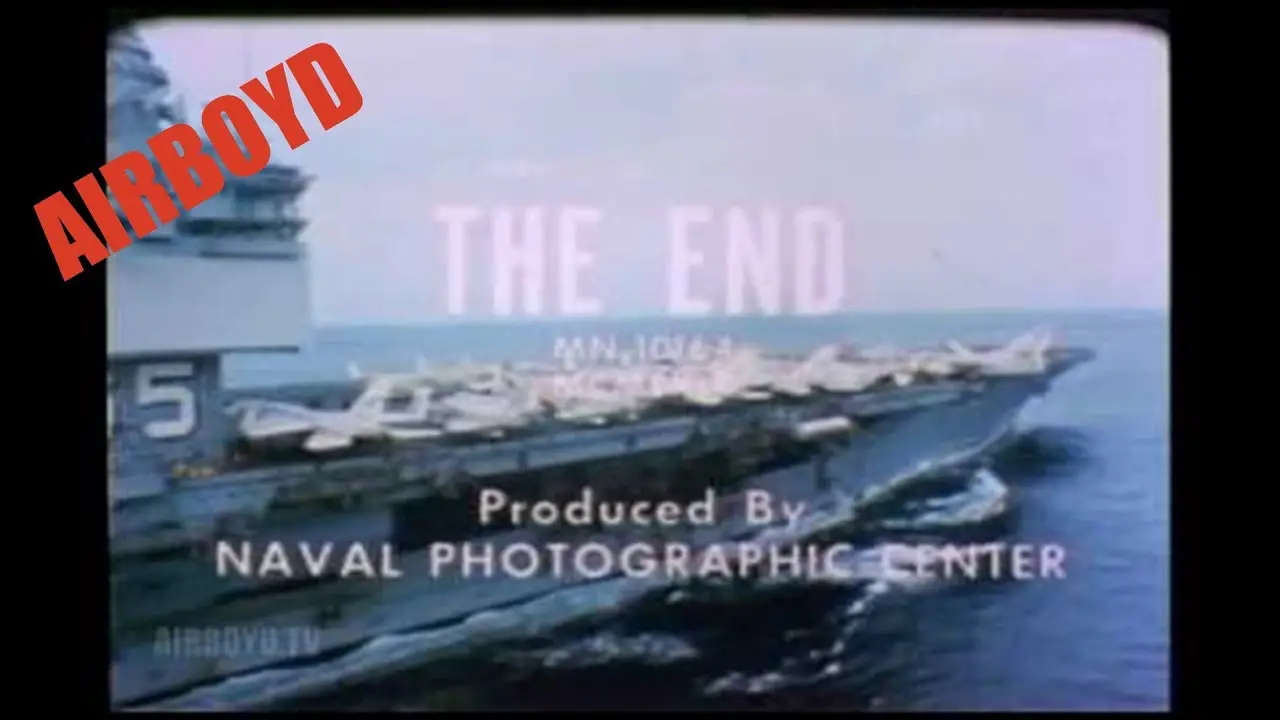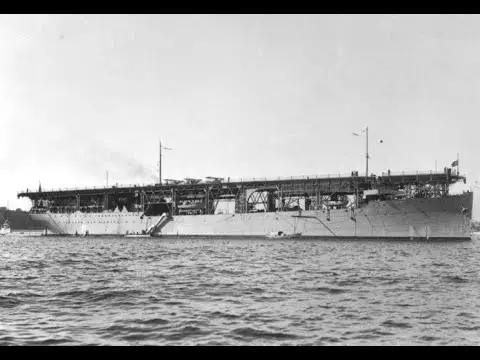Discover the Fascinating History of USS Langley CV1
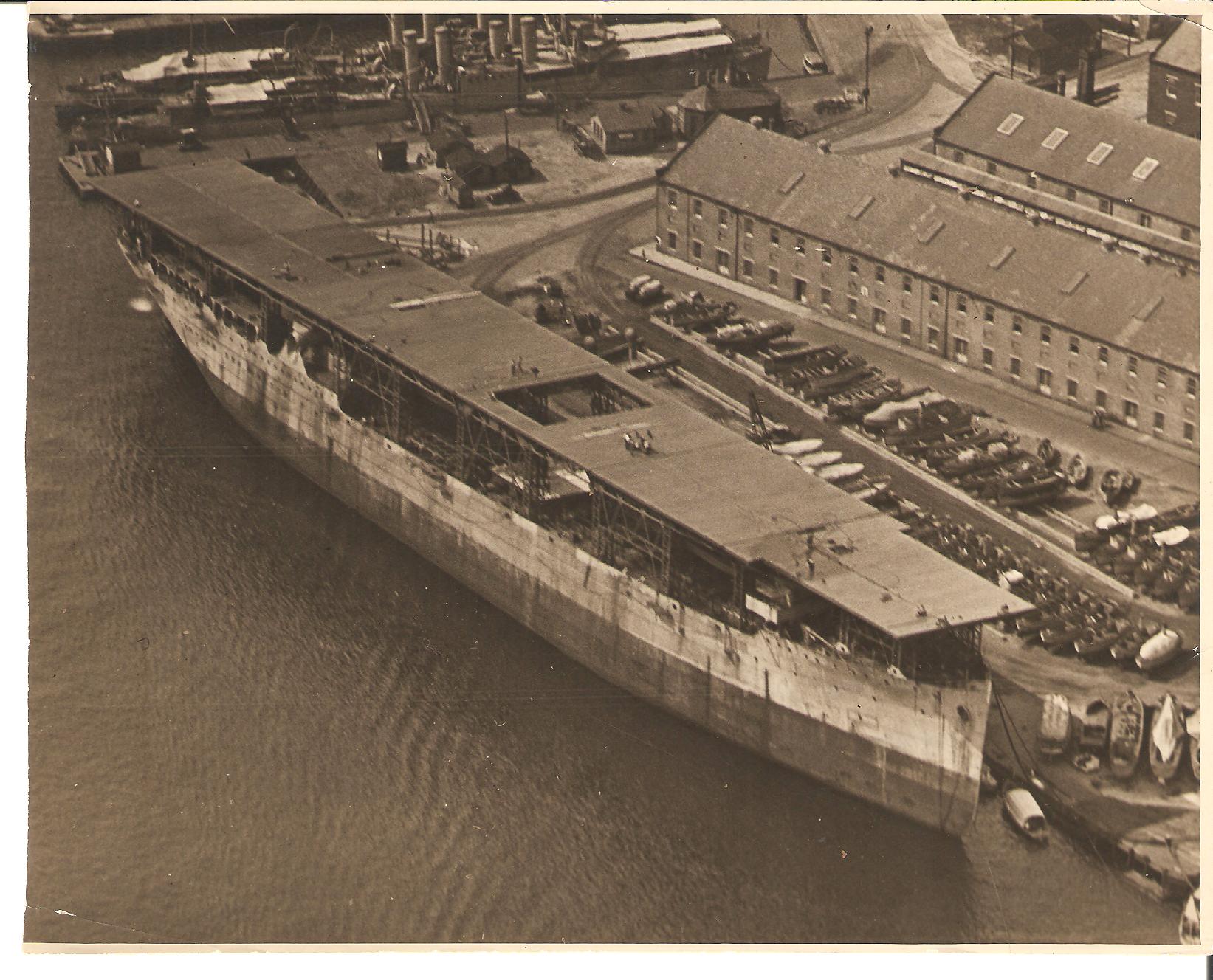
The USS Langley (CV-1) holds a significant place in the history of naval aviation. As the first aircraft carrier commissioned by the United States Navy, it paved the way for future advancements in naval warfare. Its journey began as a collier ship and ended as an aircraft carrier, with numerous contributions to World War II and naval aviation in between. In this blog post, we will delve into the rich history of USS Langley CV1, from its design and construction to its final years and legacy.
History of USS Langley CV1
The USS Langley was named after Samuel Pierpont Langley, an American astronomer, physicist, and aviation pioneer. It was originally built as a collier ship, designed to transport coal for the Navy’s steam-powered ships. However, in 1919, the Navy decided to convert it into an aircraft carrier, making it the first of its kind in the world.
Design and Construction of USS Langley CV1
The design and construction of USS Langley CV1 were overseen by Rear Admiral William A. Moffett, who is often referred to as the “Father of Naval Aviation.” The conversion process involved removing the ship’s boilers and engines and replacing them with a flight deck, hangar deck, and elevators. The ship also underwent structural modifications to accommodate the weight and size of aircraft.
The USS Langley was launched on August 14, 1912, and commissioned on March 20, 1922. It had a length of 542 feet, a beam of 65 feet, and a displacement of 11,500 tons. Its flight deck was 550 feet long and 64 feet wide, with a maximum speed of 15 knots.
USS Langley CV1’s Role in World War II
During World War II, the USS Langley CV1 played a crucial role in the Pacific Theater. It was used primarily for training purposes, with its main task being to train pilots and develop new tactics for aircraft carriers. However, it also participated in several battles and operations, including the invasion of Makin Island and the Battle of the Coral Sea.
USS Langley CV1’s Contributions to Naval Aviation
The USS Langley CV1’s contributions to naval aviation cannot be overstated. As the first aircraft carrier, it paved the way for future advancements in carrier-based aviation. Its role in training pilots and developing tactics proved invaluable during World War II and beyond.
One of the most significant contributions of the USS Langley was the development of the “deck landing” technique. This involved using arresting wires and tailhooks to land aircraft on a moving flight deck, which is still used by modern aircraft carriers today.
USS Langley CV1’s Conversion to an Aircraft Carrier
In 1927, the USS Langley underwent another conversion, this time to accommodate larger and more advanced aircraft. The ship’s hangar deck was extended, and a second elevator was added to improve efficiency. It also received upgrades to its engines and boilers, increasing its speed to 20 knots.
During this time, the USS Langley was also used as a testbed for various experiments and innovations in naval aviation. These included catapult launching systems, radar equipment, and the use of helicopters for rescue missions.
USS Langley CV1’s Final Years and Decommissioning
In 1936, the USS Langley was reclassified as an aircraft tender and given the designation AV-3. It continued to serve as a training ship until the outbreak of World War II. In February 1942, while en route to Java, the USS Langley was attacked by Japanese bombers and suffered severe damage. It was eventually scuttled by the US Navy to prevent it from falling into enemy hands.
Despite its short-lived career as an aircraft carrier, the USS Langley left a lasting impact on naval aviation. It was officially decommissioned on March 27, 1942, and its name was struck from the Naval Vessel Register in 1943.
Notable Events and Battles Involving USS Langley CV1
The USS Langley may have had a brief stint as an aircraft carrier, but it was involved in several notable events and battles during its time in service. Some of these include:
- The first successful catapult launch of an aircraft from a ship at sea in 1922.
- The first landing of an aircraft on a moving flight deck in 1925.
- The first transpacific flight by an aircraft carrier in 1925.
- The first use of helicopters for rescue missions in 1936.
- The Battle of the Coral Sea in 1942, where it served as a support ship for the US Navy’s Task Force
USS Langley CV1’s Impact on Naval Warfare
The USS Langley’s impact on naval warfare cannot be overstated. Its conversion from a collier to an aircraft carrier opened up new possibilities for naval aviation and changed the course of naval warfare forever. Its role in training pilots and developing tactics also proved crucial during World War II and beyond.
The USS Langley also paved the way for future advancements in aircraft carrier design and technology. Its experiments and innovations laid the foundation for modern carrier-based aviation, making it a pioneer in the field.
Famous Crew Members of USS Langley CV1
Throughout its years of service, the USS Langley had many notable crew members who went on to achieve great things in the field of naval aviation. Some of these include:
- Lieutenant Commander Kenneth Whiting, who was instrumental in the conversion of the USS Langley and later became the first commanding officer of the USS Lexington.
- Lieutenant Commander Eugene Ely, who made the first successful landing of an aircraft on a moving flight deck in 1925.
- Lieutenant Commander John S. Thach, who developed the “Thach Weave” tactic used by US Navy pilots during World War II.
Legacy of USS Langley CV1
The USS Langley may have had a short career as an aircraft carrier, but its legacy lives on. It paved the way for future advancements in naval aviation and played a crucial role in shaping modern carrier-based operations. Its contributions to World War II and naval warfare continue to be remembered and honored by the US Navy.
In 1943, the US Navy commissioned a new aircraft carrier, the USS Langley (CVL-27), which was named in honor of the original USS Langley CV1. This ship went on to serve in World War II and the Korean War before being decommissioned in 1963.
Conclusion
The USS Langley CV1 holds a special place in the history of naval aviation. From its humble beginnings as a collier ship to its conversion into the world’s first aircraft carrier, it played a crucial role in shaping modern carrier-based operations. Its contributions to World War II and naval warfare continue to be remembered and honored, making it a true pioneer in the field of naval aviation.

